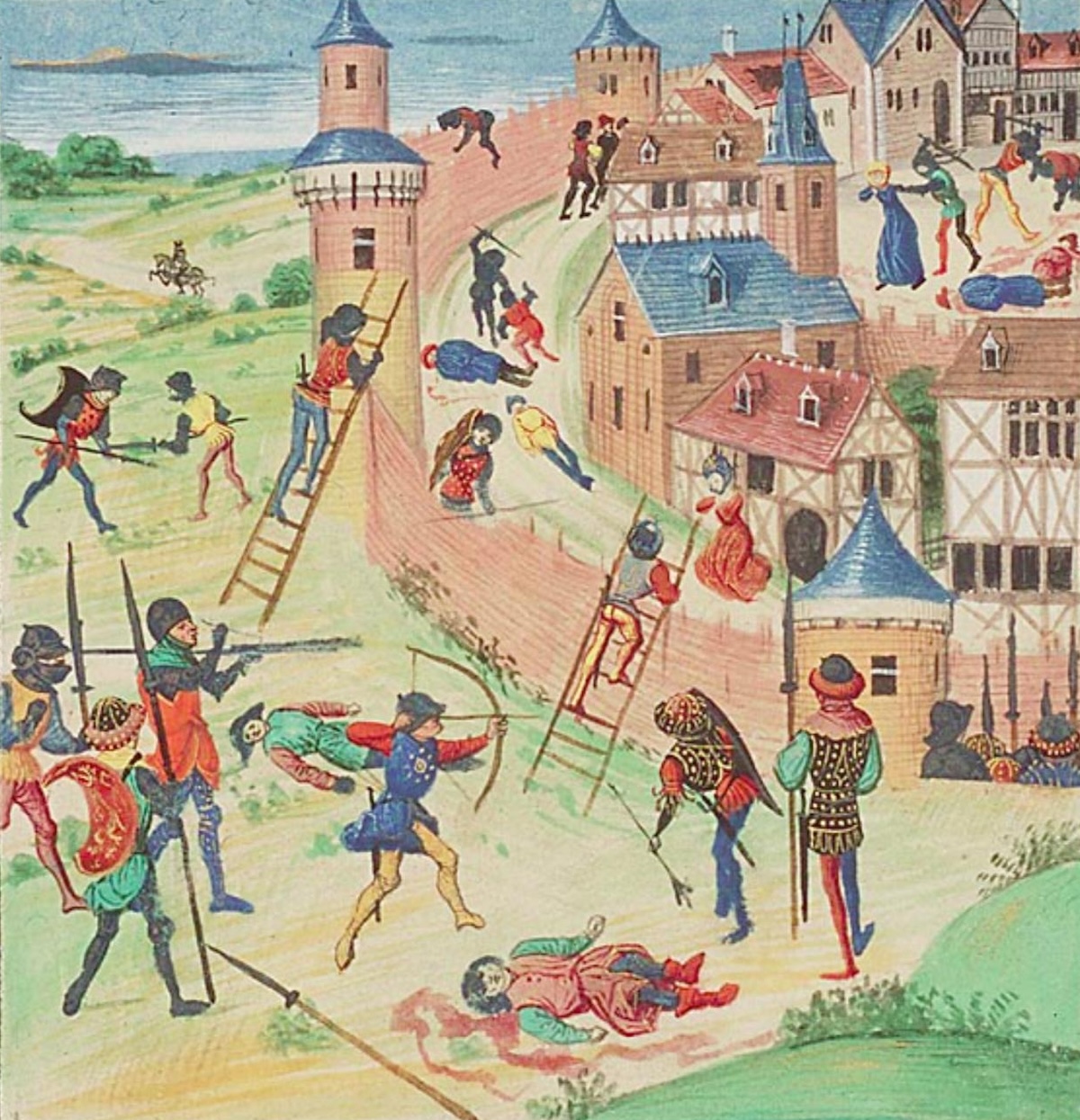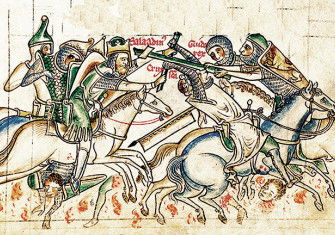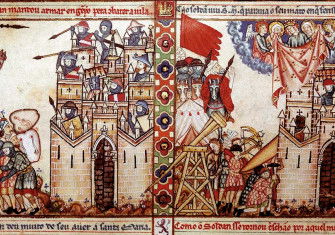The Capture of Jerusalem
The capture of the Holy City by the forces of the First Crusade was a victory against the odds, but its legacy has borne bitter fruit.

On Tuesday, June 7th, 1099, the First Crusade arrived before the city of Jerusalem and began a siege which would end with its capture on Friday, July 15th. It was a moment of great rejoicing in the crusader host, because Jerusalem was the Holy Place for whose liberation they had set out on the long and bitter journey some three years before. After Pope Urban's appeal for a military expedition to the East in November 1095, Western Europe had been swept by a wave of enthusiasm which inspired about 100,000 men, women and children to leave their homes. Many turned back, others died even as they began their journey: Fulcher of Chartres saw 400 drown at Brindisi when a pilgrim ship sank. Even so the group of armies which gathered before Nicaea in June 1097 was some 60,000 strong, including roughly 6-7,000 knights. Not since Roman times had such a host gathered in Europe, though this was not a single army like that of Rome, but a collection of armed bands massively encumbered with non-combatants.







